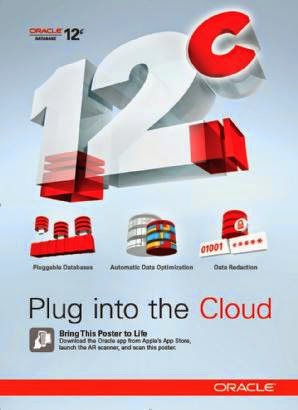Oracle Multitenant - PDB New Clauses - Standbys (12.1.0.2) - Part II
As you know, Oracle Database 12c Release 1 (12.1.0.2.0) already released at July 22, 2014. You can download new release from here. Oracle Multitenant option also supports some news in Oracle Database 12c Release 1 (12.1.0.2.0). With new release coming new PDB Clauses. This article series covers following new clauses: PDB Containers Clause PDB Standbys Clause PDB Logging Clause (as soon) Part II: PDB Standbys Clause PDB Inclusion in Standby CDBs feature is coming with Oracle Database 12c Release 1 (12.1.0.2). The STANDBYS clause of the CREATE PLUGGABLE DATABASE statement specifies whether the new PDB is included in standby CDBs. You can specify one of the following values for the STANDBYS clause: ALL includes the new PDB in all of the standby CDBs. NONE excludes the new PDB from all of the standby CDBs. When a PDB is not included in any of the standby CDBs, the PDB's data files are offline and marked as unnamed on all of the standby CDBs. Any ne...


